I still remember my first run-in with baby bell flowers like it was yesterday. I had just started gardening seriously, about five years ago, in my little backyard in Multan. The soil was stubborn, the sun was merciless, and my hands—well, let’s say they looked like they had been through a war with mud. A neighbor suggested I try baby bell flowers. “Easy to grow,” he said. I doubted it. Nothing felt easy at that time. But when those tiny bell-shaped blooms appeared, dangling gently like shy fairies, I knew I had struck gold. Small but powerful.
Why Baby Bell Flowers Steal the Show
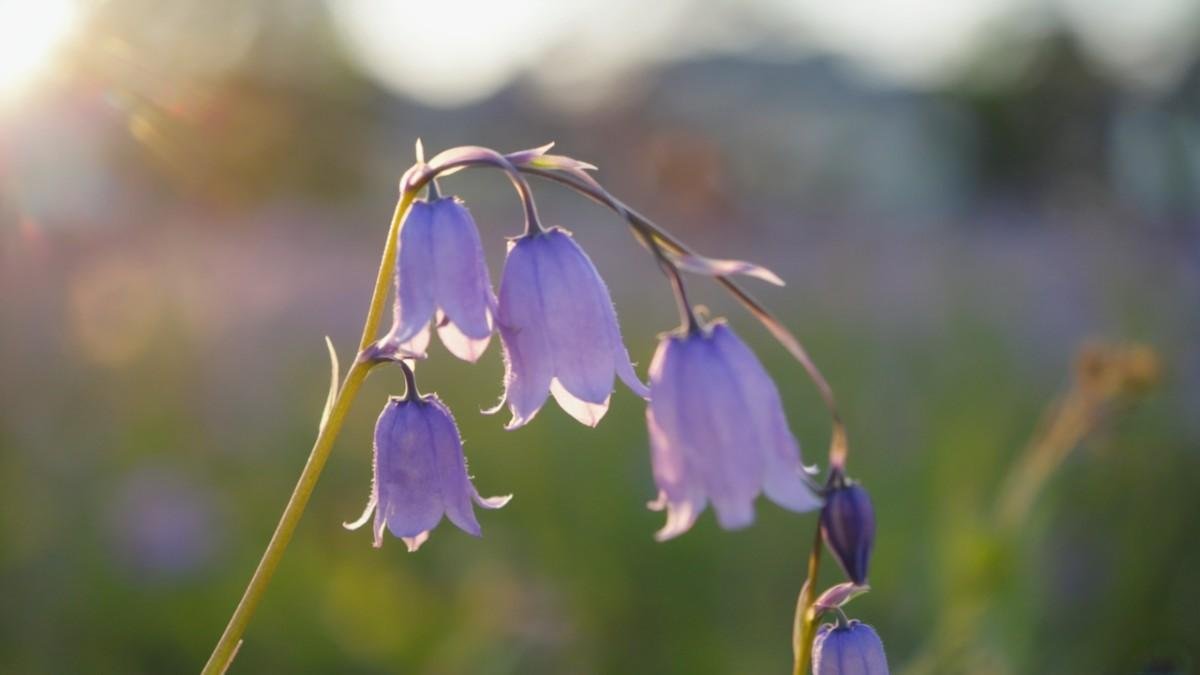
There’s something about baby bell flowers that makes people stop mid-conversation just to stare. They’re not loud like roses or dramatic like sunflowers. Instead, they whisper elegance. Their delicate bell shape and bright colors add charm to gardens without overwhelming the space. Many gardeners, especially beginners, find them forgiving and low-maintenance. They handle varying climates, survive in pots, and fit into almost any design style. Whether you want a romantic cottage vibe or a neat, modern look, these little blooms play along nicely. That’s why I call them “the introverts of the garden”—quiet but unforgettable.
How to Grow Baby Bell Flowers Without Losing Your Sanity
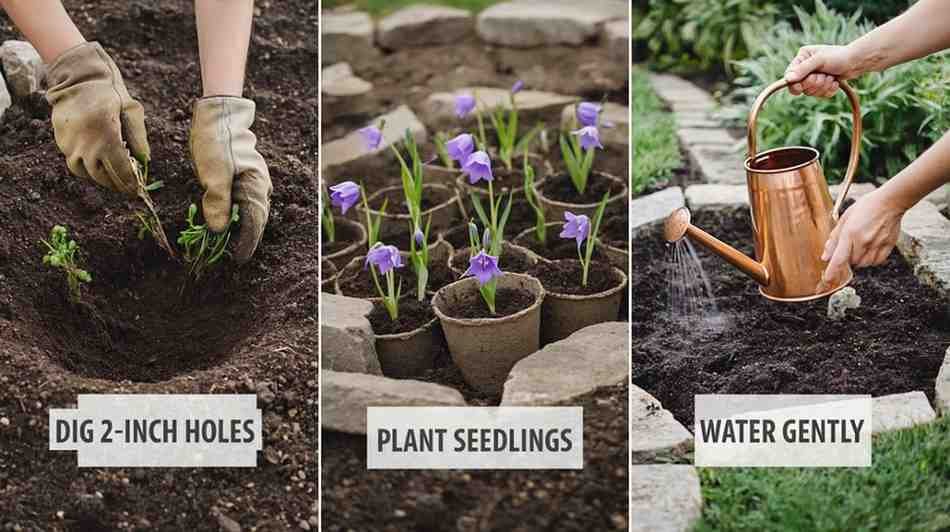
When I started, I made every possible mistake—overwatering, underwatering, you name it. So let me save you the trouble. Growing baby bell flowers doesn’t require magic, just patience and a bit of common sense.
-
Soil matters. Go for well-drained soil. Soggy roots equal unhappy flowers.
-
Sunlight counts. Partial to full sun is perfect. Too much shade and they sulk.
-
Water wisely. Consistent watering is key, but don’t drown them.
-
Spacing helps. Crowding suffocates these little beauties. Give them breathing room.
Simple, right? It’s like taking care of a pet that doesn’t chew your shoes.
The Hidden Meanings Behind Baby Bell Flowers

Flowers aren’t just pretty faces. They talk in their own secret language. Baby bell flowers symbolize gratitude, humility, and calmness. I once gave a small bunch to a friend after she helped me fix a plumbing disaster. She laughed, then later told me how touched she was by the gesture. It wasn’t about the flower itself, but the message it carried. For centuries, people used flowers to say what words couldn’t. Baby bell flowers may be small, but they carry big emotions. Perfect when you want to say “thank you” without actually saying it.
Common Problems and Quick Fixes
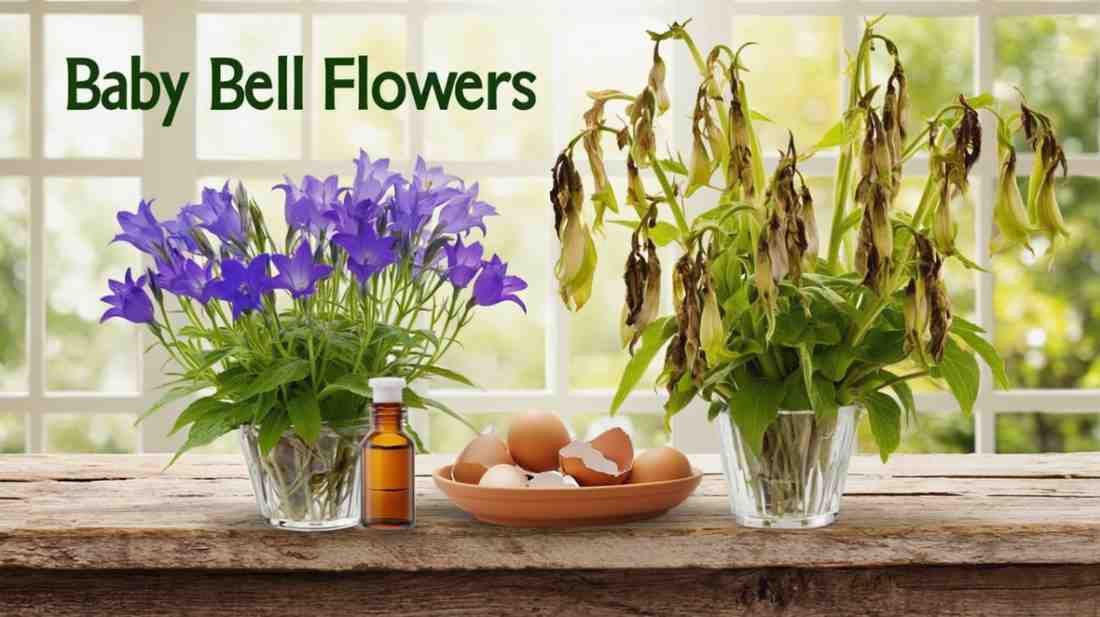
Here’s the truth: even low-maintenance flowers can throw tantrums. But don’t panic—I’ve got you.
-
Droopy Blooms? Probably too much shade or not enough water.
-
Yellow Leaves? Overwatering. Ease up.
-
Pests Attacking? Aphids and snails love them. Neem oil or a sprinkle of crushed eggshells works wonders.
-
No Blooms? They’re starving. Add a light fertilizer boost.
The trick is not to overcomplicate things. Flowers aren’t drama queens; they just need balance.
Why Baby Bell Flowers Work Everywhere
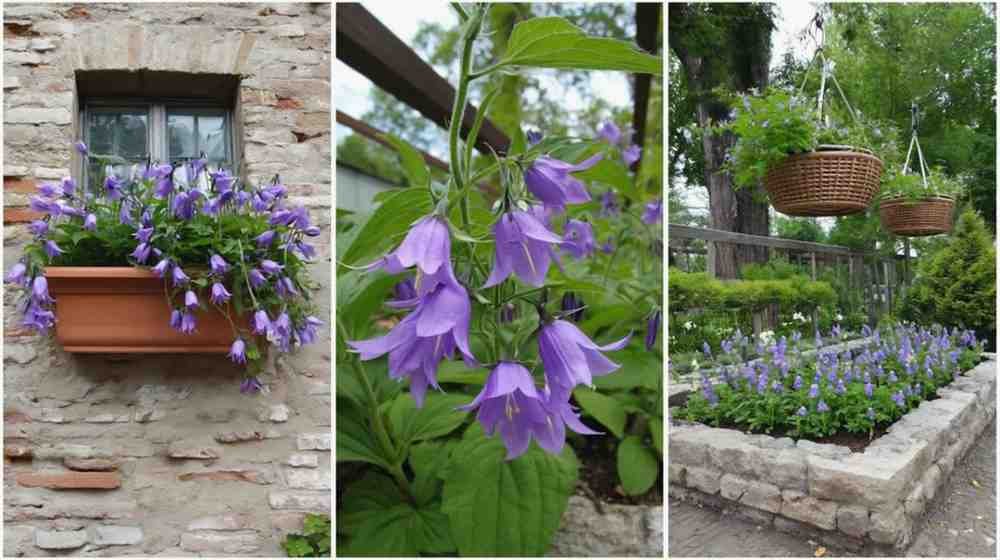
You don’t need a massive backyard or some royal estate to enjoy baby bell flowers. I’ve grown them in pots on my windowsill, in hanging baskets, and even in those awkward little corners where nothing else seems to thrive. That’s their superpower—they adapt. Whether you live in a city apartment or on a farmhouse in the countryside, baby bell flowers fit right in. And when they bloom, it feels like they’re saying, “See? Told you we could make this work.”
A Story That Stuck with Me

One summer, I gave a pot of baby bell flowers to my cousin who was recovering from surgery. She wasn’t a gardener—far from it. But a few weeks later, she called me, laughing, because the flowers had bloomed despite her forgetting to water them for days. “They’re tougher than me,” she joked. That’s when it clicked. These flowers aren’t just decoration. They’re little reminders that resilience comes in small packages. And honestly, who doesn’t need that reminder sometimes?
Creative Ways to Use Baby Bell Flowers
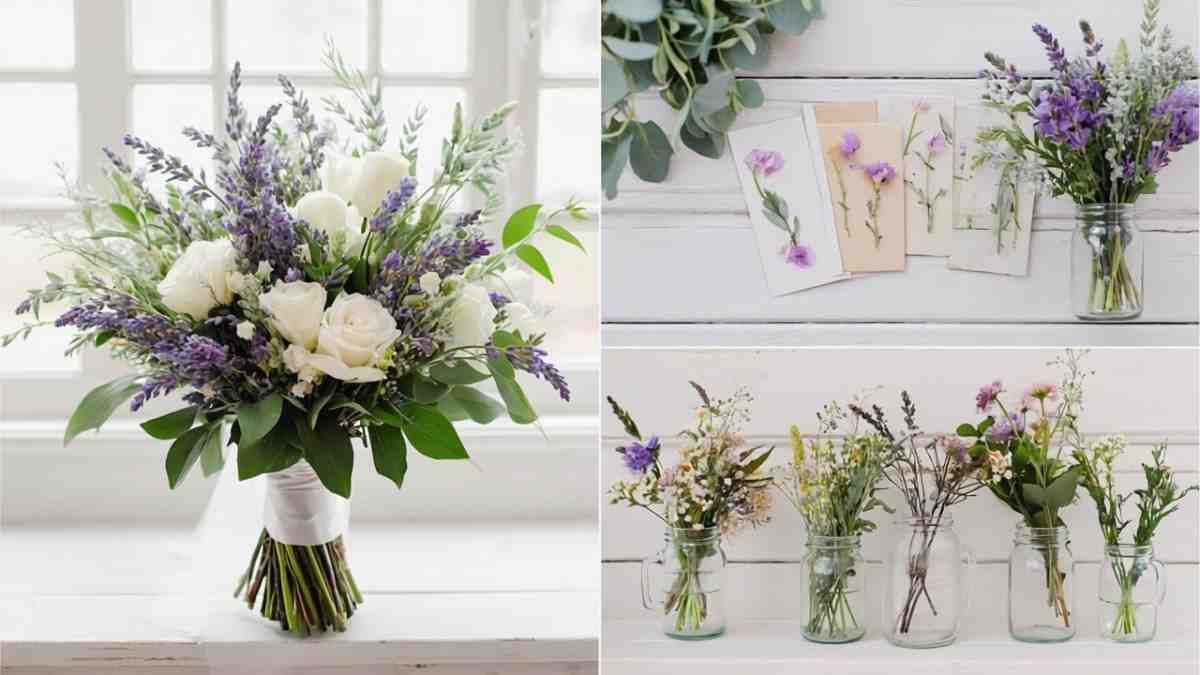
Gardening is fun, but why stop there? Baby bell flowers can brighten more than soil.
-
Weddings & Events: Imagine soft bell blooms in bouquets or table centerpieces. Magical.
-
DIY Crafts: Press them into journals, bookmarks, or even framed art.
-
Gifts: A small potted plant beats another boring candle gift.
-
Home Décor: Use them in kitchen windows or bathroom corners for a natural pop of joy.
They’re versatile, charming, and affordable. It’s like having a flower that doubles as a decorator.
Tips for Beginners Who Feel Overwhelmed

Starting out? Don’t worry. I was once the person who killed a cactus. Yes, a cactus. But here’s what I’ve learned about baby bell flowers:
-
Start with a small pot. Don’t go full jungle mode yet.
-
Stick to a watering schedule. Routine keeps them (and you) sane.
-
Experiment with spots. Move them around until they look happy.
-
Don’t obsess. Perfection kills joy in gardening.
Remember, flowers forgive. They don’t keep grudges like humans do.
Advice from My 5 Years of Experience

If I could whisper one thing to every new gardener, it would be this: patience is your best fertilizer. I’ve seen many give up when blooms didn’t appear instantly. But baby bell flowers take their time. They don’t rush, and they teach you not to either. Trust me, when that first flower opens, all the waiting feels worth it. Plus, you don’t need to spend a fortune. With just a bit of care, these little bells will repay you tenfold in beauty and joy. Gardening is therapy, and these flowers are proof.
FAQs
1. Are they difficult to grow?
Not at all—they’re beginner-friendly and quite forgiving.
2. Do they bloom in many colors?
Yes, soft shades like purple, pink, and white are common, with hybrids offering brighter hues.
3. Can I keep them in pots?
Absolutely, they look beautiful in pots, baskets, or garden beds.
4. How long is their bloom season?
Usually from spring to late summer, depending on weather and care.
5. Are they pet-safe?
Most varieties are fine, though always double-check with your vet for safety.
Advice for the Impatient

Gardening often frustrates beginners because plants don’t follow human schedules. These flowers especially teach patience. Don’t check every day waiting for blooms; instead, focus on caring and let nature do the work. Consistent watering, the right light, and a little trimming go a long way. I’ve learned not to chase instant results but to enjoy the small daily rituals. Then, one morning, you wake up to a bloom, and it feels like a tiny victory. Gardening rewards the patient, not the rushed. Remember: growth happens quietly, often when you’re not looking.
Sustainable Beauty
In an age of chemical-heavy gardening, these flowers offer a breath of fresh air. They need little intervention, attract pollinators naturally, and multiply easily without fuss. Sharing cuttings with neighbors is one of the best joys—I’ve seen entire blocks brighten just because one person started planting. Imagine if every gardener spread a few blooms like this. Together, small steps add up, bringing back life to our communities and helping nature breathe. They prove that sustainability doesn’t have to be complicated. Sometimes, it begins with planting something simple and letting it quietly change the world.
The Final Note
When I look back at my gardening journey, I realize how much these tiny bells have taught me. They’ve shown me patience, resilience, and joy in simple beauty. They aren’t show-offs like roses or sunflowers, but they don’t need to be. Their quiet presence brings peace and gratitude, even on the busiest days. If you’re new to gardening, start here. If you’re seasoned, plant them anyway—you’ll still smile when they bloom. Small flowers, big lessons. And sometimes, that’s exactly what life needs: a gentle reminder that beauty lives in the little things.